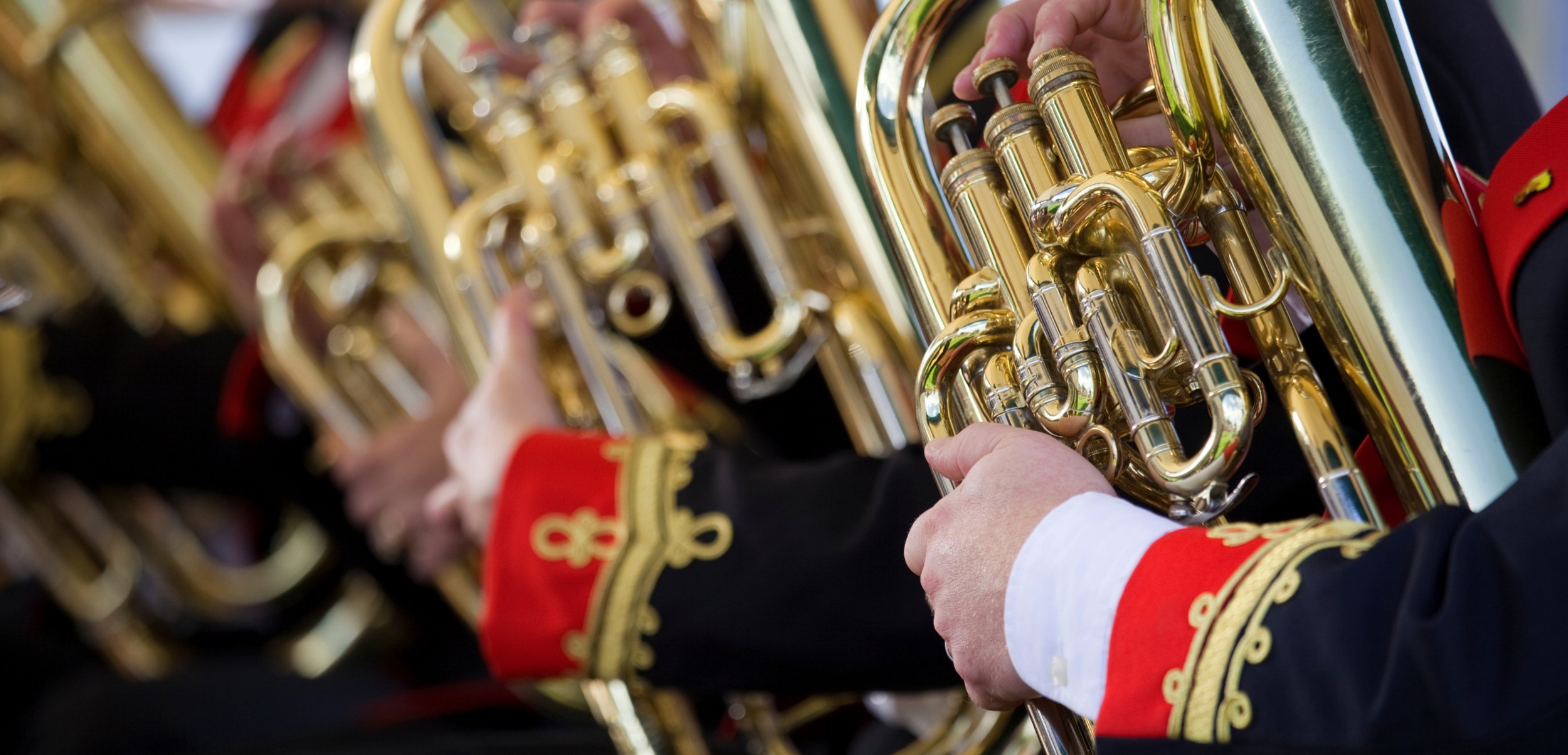
Brass Band
Between the Moon and Mexico
Grade 6 | 17 Mins
Between the Moon and Mexico was composed for the 1998 Finals of the National Brass Band Championships of Great Britain. The first performance took place at the Royal Albert Hall, London, on the 17th October.
The title has no hidden meaning and was chosen precisely because it would not predetermine the style or form of the piece. The composer wanted to deal with absolute music and to see what sort of a piece would emerge if the only influence was what had already been written. The result is a sort of musical collage in which various musical elements, ranging from two or three notes to complete melodies, assume importance by virtue of their context. In a way the piece grew out of itself.
It opens with a modal tune from the horns over a bubbling baritone accompaniment. A faster flourish from the cornet changes the mood until the original tempo returns with a cortege introduced by the euphonium and basses. This leads back to a reprise of the opening melody interspersed with the cornet fanfare.
Violent triplet chords introduce the next section where a series of short ideas of contrasting mood try unsuccessfully to establish themselves.
After a full-band climax, the trombones introduce a snatch of melody, which is to become important later on, and material from earlier in the piece is distilled until the trombone tune brings the section to a close.
A short recollection of the opening tune leads to solos for baritone and horn which introduce the slower, central section of the piece, a folk-like melody for the solo cornet and an expressive tune for the horns. Flugel and horn repeat the cornet tune and, after a brief cadenza, the faster music returns.
New material is introduced but bit-by-bit it becomes clear which of the earlier ideas will eventually mature into complete melodic material and the trombone tune is developed into a celebratory theme for the whole band. The slower central section is revisited in more substantial form until the opening horn tune and cornet fanfares assert themselves. However they cannot dispel the overall mood of celebration and the piece ends triumphantly.
